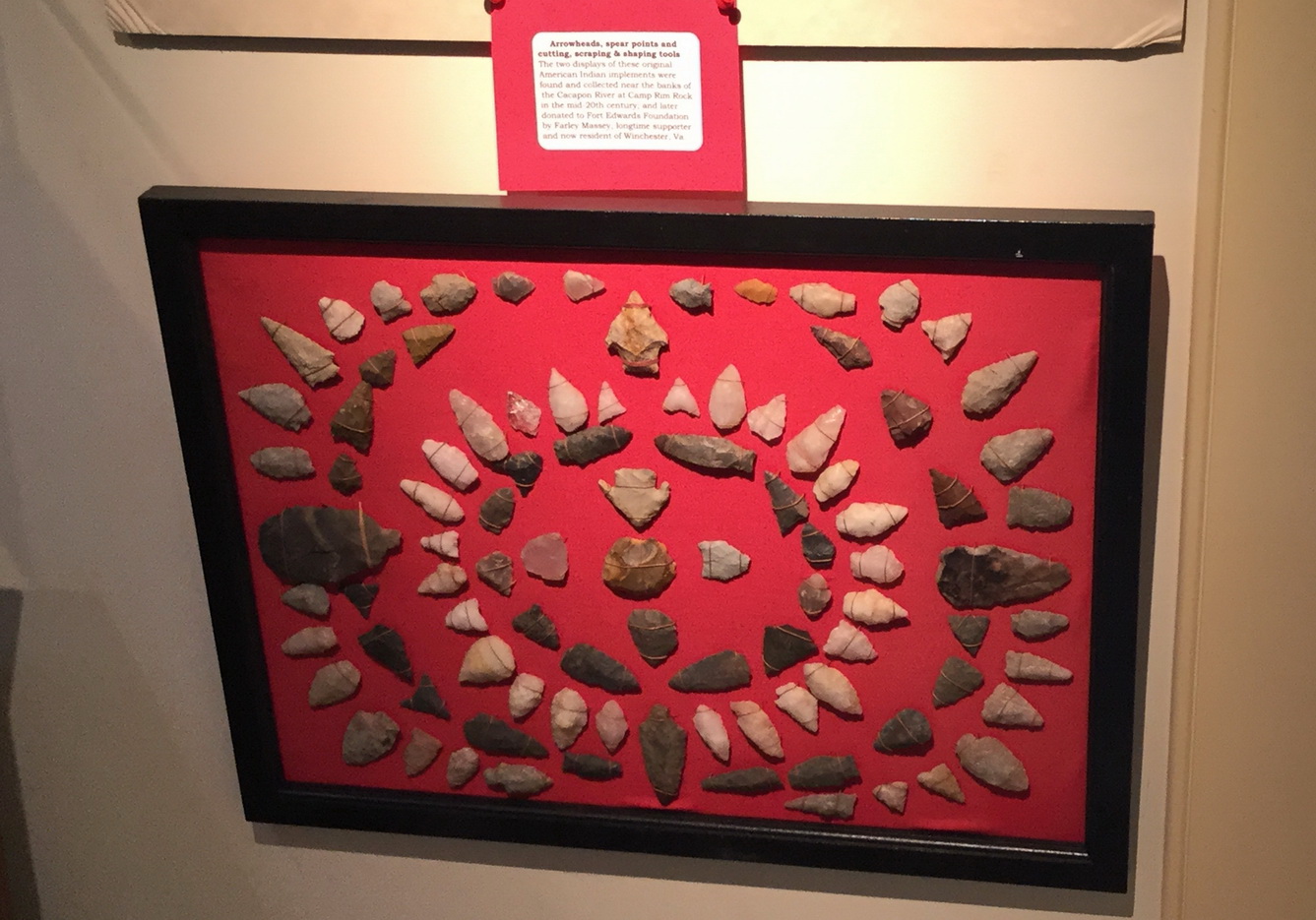
Archaeology @ Fort Edwards |
||
Discovering artifacts of the past which have lain beneath a West Virginia field for over 250 yearsThe Fort at Joseph Edwards's land grant represents a very important mid-eighteenth century Virginia frontier archaeological site. It is both the homestead of a prominent early settler of Hampshire County (now West Virginia's oldest county), and the site of a frontier fort of the French and Indian War. There are very few early frontier sites of this era in either Virginia or West Virginia now being interpreted for the public. There are even fewer fort sites that are precisely known; ours is the only one owned by a foundation committed to preservation, study and interpretation. Although nationally there are many French and Indian War fort sites now open to the public, these sites are, for the most part, related to British garrisons and campaigns or to the French military. There were no regular British soldiers garrisoned on the Virginia frontier, so there are not the usual archival materials to give us a picture of what existed at any Virginia site. Designs and narrative descriptions of most major forts exist in libraries and archives. Our design is a secret that has lain buried for over two centuries. This makes the Fort Edwards site a unique opportunity to learn about and interpret a colonial fort and the associated colonial military life and campaigns. Because of the uniqueness of this site, The Fort Edwards Foundation is committed to completing extensive investigations. Although The Foundation's resources are very limited, we recognize the importance of getting the most professional assistance available to preserve, protect and interpret our site. Therefore, several years ago we developed a Comprehensive Site Resource Management Plan. Part of the plan called for extensive exploration of the site. The 1990 DigThe site of Joseph Edwards's fort had lain undisturbed for over 200 years except for the farming of the site. However, in the last decade of the twentieth century it faced a modern hazzard - development. A developer had bought the land and had plans for a 70 unit townhouse development. In order to encourage preservation of this important site a small grant was secured to do a brief archaeological investigation to see if the location of the fort site could be documented. Dr. Bill Gardner of Thunderbird Research Corp. who had a personal interest in the colonial forts of Virginia, graciously agreed to undertake a quick investigation. [See first three photos in the archaeology photo gallery] Fortunately, on the third and last day of his work the trash pit was discovered that revealed artifacts verifying mid-eighteenth century occupation and some post molds were found. In light of this evidence the developer set aside two and a half acres to protect the fort site. Fortunately, he was unable to get all the services he needed for a development, so the site again went on the market. In 1995 The Fort Edwards Foundation was founded with the sole purpose of buying and protecting the site.
In May 2001, The Foundation started more extensive archaeological investigation of the site. The work was carried on under the direction of Dr. Stephen McBride of Wilbur Smith Associates. Dr. McBride has extensive experience with later frontier forts of West Virginia having done an inventory of the Greenbrier Valley forts and having worked at Fort Arbuckle and Logan's fort. The dig uncovered over six thousand artifacts and about fifty features, including a stockade wall segment with an in-wall bastion. Unfortunately, the investigation did not discover the entire outline of the fort. In fact, we came to the conclusion that information will probably come only after far more extensive work.
|
